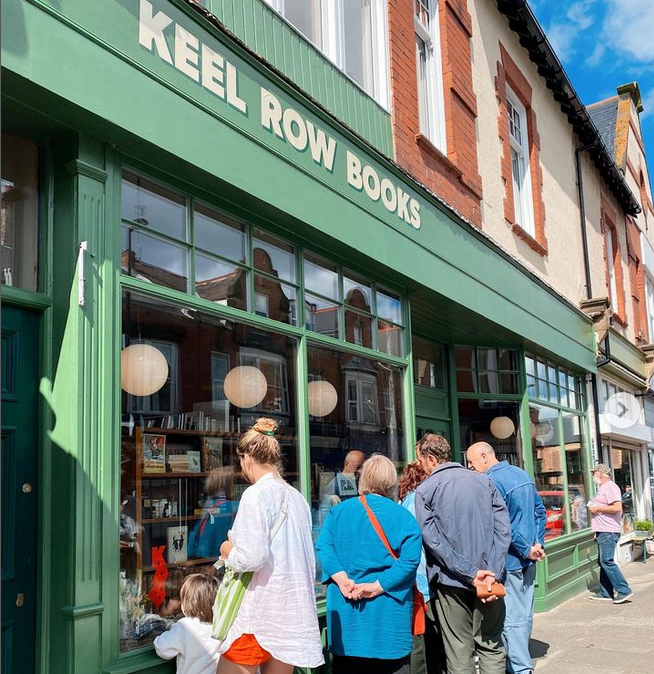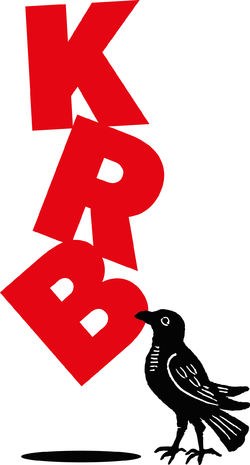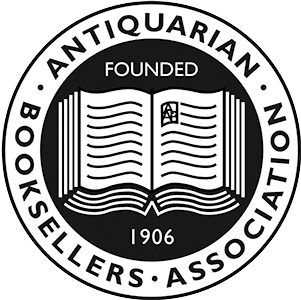. Hard Cover. Two volumes. Foolscap folios, approx 13"x 9". Vol. 1, 1879-85, 201 leaves [pp. 403, including filled in verso of last leaf]. Vol. II, 1886-89, 201 leaves [pp. 402, completed up to page 396]. Full calf with gilt titles to upper board (Charles Mitchell Esq. Ledger.) � elaborate blind decoration to boards and spine and brass locking clasps. All edges and endpapers marbled. Advertising ticket of Andrew Reid & Co, Account Book Makers of Newcastle upon Tyne to ffep. [With] Two companion Index volumes, [pp. 52 each] each "12" x "8". Bottle green cloth with blind foliate border, with stepped alphabetical edges to leaves. The ledger boards are lightly scuffed, particularly at corners, and the keys to the locks are missing, otherwise condition is very good; condition of the Index volumes is near-fine. Each page completed in Mitchell's distinctive, legible and tidy hand. The content reflects Mitchell's shipping, building and philanthropic expenditure over ten years at the very height of his career. Scrupulous and diligent, Mitchell's entries detail individual vessels and shipping and associated businesses, the purchase of land together with the costs involved in the remodelling of Jesmond Towers and the building of St George's Church in Jesmond (Thomas Ralph Spence's Arts & Crafts masterpiece). The entries even drill down to payments to individual craftsmen as well as his 'Personal and Domestic Expenditure' on the contents of both buildings. Entries are on a monthly basis and variously detail his financial holdings in Walker Shipbuilding Yard, Sir W.G. Armstrong, Mitchell & Co., and many other Loan, Trust, Share and Revenue Accounts, particularly Revenue and Share Accounts of ships built. Importantly this period was crucial in the history of Mitchell and his company. In 1882 Mitchell merged with W. G Armstrong & Co. becoming a senior partner in Sir W.G. Armstrong, Mitchell & Co. one of the worlds' foremost armaments, shipbuilding and engineering conglomerates. The financial arrangements of the merger are recorded here from the very first. The entry for July 1882 reads "To Share of Purchase Price of Walker Shipyard & business, �205980,17,5". A unique and highly detailed financial record (both commercial and personal) of one of the Victorian era's foremost industrialists. Charles Mitchell (1820-1895) was born into a shipbuilding family in Aberdeen, moving South to set up his own firm in 1852 at Walker on the Tyne. By the mid Nineteenth Century the trade boom and expansion of the British Empire provided perfect conditions for the growth of his company, and Mitchell's warships developed to carry the new Field Guns manufactured at the nearby Elswick works of William Armstrong. This was an exciting period in the growth of British industry and in 1882 a new company was launched: Armstrong, Mitchell & Co, with warship manufacture taking place at Elswick and other shipbuilding at Walker. The River Tyne was dredged and the Swing Bridge constructed to allow the passage of larger vessels up river, and the Wallsend Slipway company was established to allow ships to be drawn up for repair and refitting � Charles Mitchell was the Company's first Chairman. Mitchell was at the cutting edge of shipbuilding and naval architecture: the world's first prototype and purpose-built icebreakers were both Mitchell designs (the 1855 "Pollux" and 1895 "Saratovski"), as was the world's first purpose-built tanker (1886, "Gluckhauf"), the world's first purpose built train ferry (1898 "Baikal") and the world's first oil-burning vessel (1902 "Silverlip"). Mitchell bought his family home Jesmond Towers in 1869, and the house was greatly enlarged under architect Thomas Oliver, creating a lavish Victorian Gothic mansion in the most desirable neighbourhood on Tyneside. These account books show considerable expenditure on the property including works to the Lodge houses; a tunnel was constructed under the driveway to allow walkers on the nearby right of way to pass by without entering his grounds. A picture gallery was constructed to house his considerable art collection, and electricity was installed. Mitchell also built a new church in Jesmond, using architect Thomas Ralph Spence; the resulting St George's Church is constructed in the high English style with a detached tower and notable stained glass and has been described variously as "a treasure house of decorative art" and "one of the seven wonders of the Arts & Crafts legacy in the North". Mitchell donated the church, all its fittings and a new vicarage to the parish. Other philanthropic projects by Mitchell include generous�donations to the University in his native Aberdeen, the founding of the Walker Accident hospital which was one of the earliest cottage hospitals built in North East England, and support for small schools and churches�in the Walker district. Mitchell is quoted as saying of his St George's project" I have built a great many ships and have made it a rule to put in the best material from end to end of them. I am building one house for God and I shall put the best material into it from east to west". Mcguire, "Charles Mitchell" p.38. Armstrong, "The Arts and Crafts Movement in the North of England" pp. 81-84.













